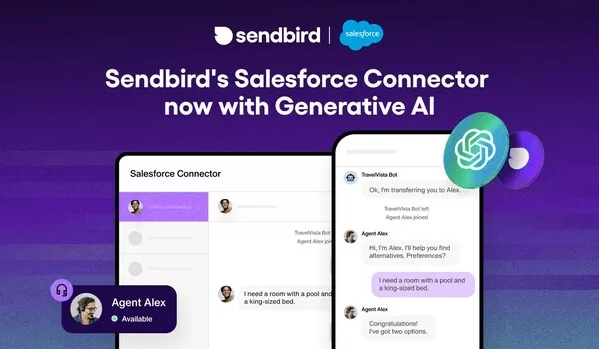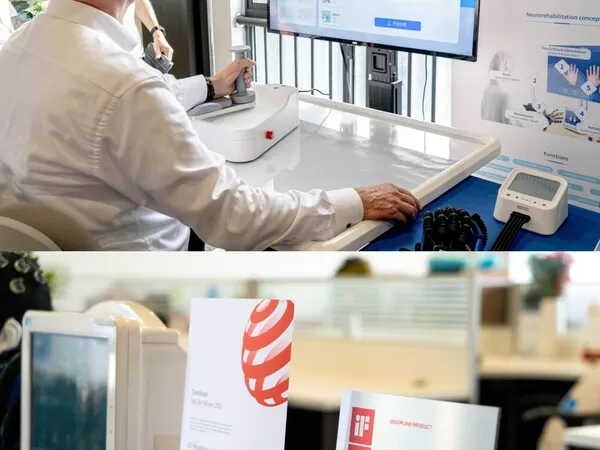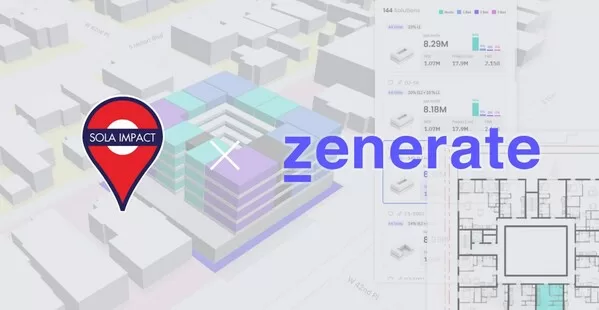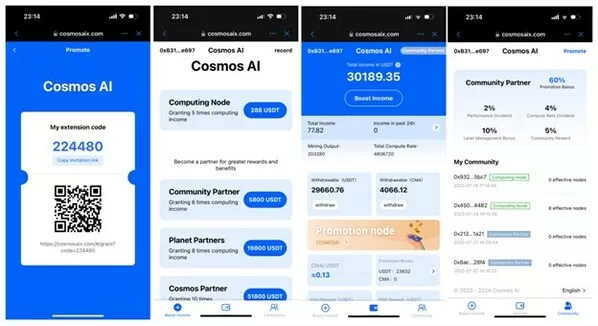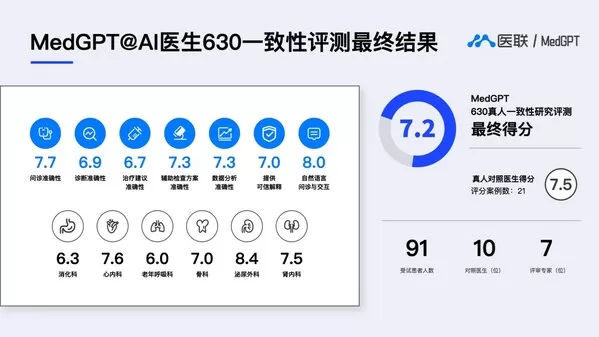Latest offering elevates customer experiences with customizable conversational AI chatbot integration SAN MATEO, Calif., Aug. 25, 2023 — Sendbird, the communications API platform powering 4,000 apps and 300 Million monthly…
World Leading Rehabilitation Expert Prof. Dr. Christopher Gutenbrunner Visits Siyi Intelligence
SHANGHAI, Aug. 18, 2023 — On August 15th, Prof. Dr. Christopher Gutenbrunner, the former chief physician and Head of Department at the Clinic for Rehabilitation Medicine at Hannover…
WiMi Developed Mask R-CNN-Based CSO, Reference Point, and Intelligent Extraction Technique
BEIJING, Aug. 18, 2023 — WiMi Hologram Cloud Inc. (NASDAQ: WIMI) ("WiMi" or the "Company"), a leading global Hologram Augmented Reality ("AR") Technology provider, today announced that it developed…
Zenerate, Innovative AI Startup, Partners with SoLa Impact to Automate Affordable/Modular Housing Developments
LOS ANGELES, Aug. 12, 2023 — Zenerate (https://zenerate.ai), an innovative AI startup in the Proptech space, has entered into a strategic partnership with SoLa Impact (https://solaimpact.com/), the leading private…
Crowdworks recognized again in the Gartner® Hype Cycle™ for Artificial Intelligence, 2023 and Hype Cycle for Data Science and Machine Learning, 2023
The Company was recognized among 9 of the Sample Vendors for Data Labeling and Annotation in the 2023 report SEOUL, South Korea,…
365Robot: Transforming Singapore’s Food Services Industry with Versatile Robot Waiters
SINGAPORE, Aug. 4, 2023 — The food services industry in Singapore is facing a growing challenge as it projects 40% of its jobs to require redesign in the next three…
CosmosAI’s CMA Soars 100% on PancakeSwap Listing: A Promising Future for AI and Computing
LONDON, July 28, 2023 — The highly-anticipated CMA, the digital share of CosmosAI, has made its grand debut on PancakeSwap, leaving investors thrilled as its price skyrocketed by an astonishing…
ServiceNow announces national skills commitment with NTUC LearningHub at new Singapore Innovation Centre – a business accelerator for bespoke GenAI roadmaps to change the way work is done
NTUC LearningHub, VITAL, Synapxe – Singapore’s HealthTech agency, GovTech, Accenture, Fujitsu, Enable – a Fujitsu company, NCS and Tata Consultancy Services to build on momentum with ServiceNow, to skill…
Project Matty: Revolutionizing Care for Children with Autism and ADHD Through AI
SINGAPORE, July 24, 2023 — Project Matty, a pioneering digital health solution, has been launched by a dedicated mother of an ADHD-diagnosed child…
Medlinker’s MedGPT Performs 96% As Well As Top Human Doctors
In a Livestreamed Real-World Assessment, MedGPT’s AI Doctors Rival Diagnostic Accuracy of China’s Leading Doctors BEIJING, July 22, 2023 — Medlinker, a leading digital healthcare company in China, undertook…



